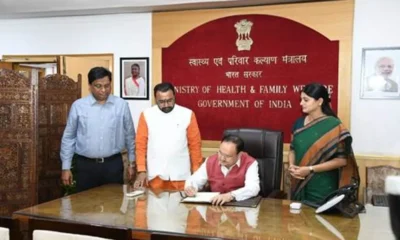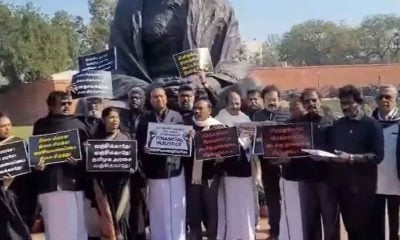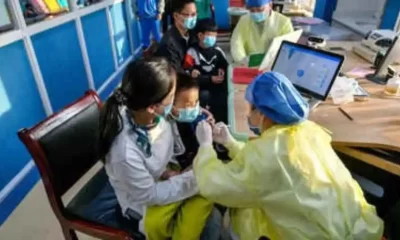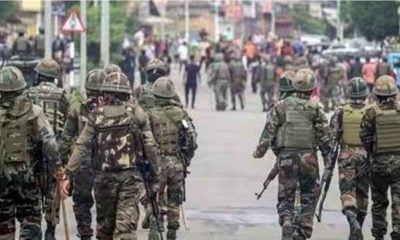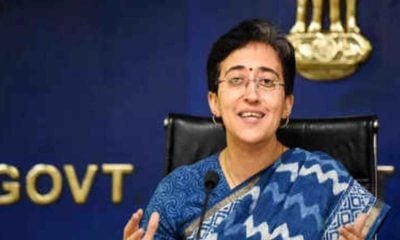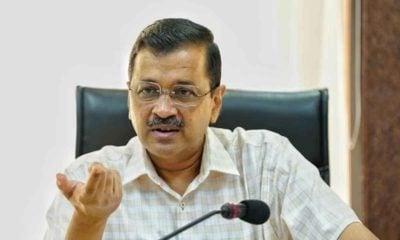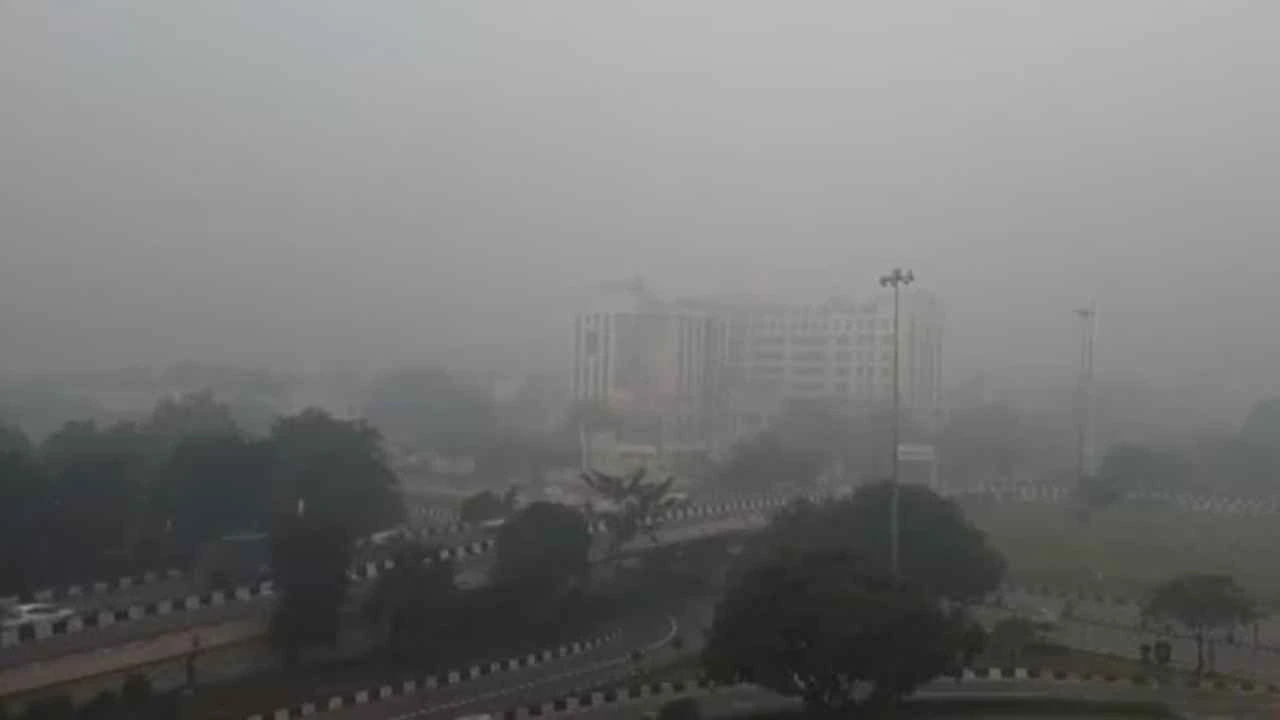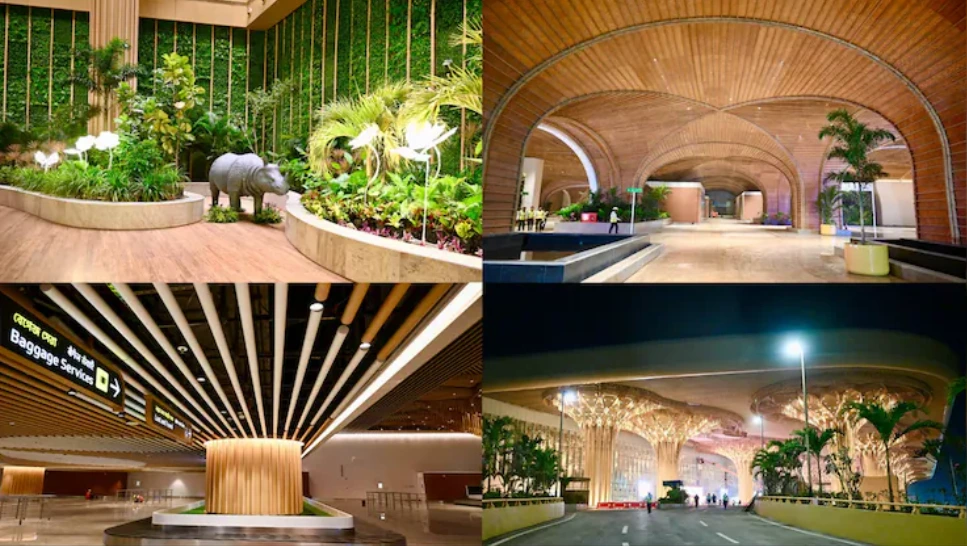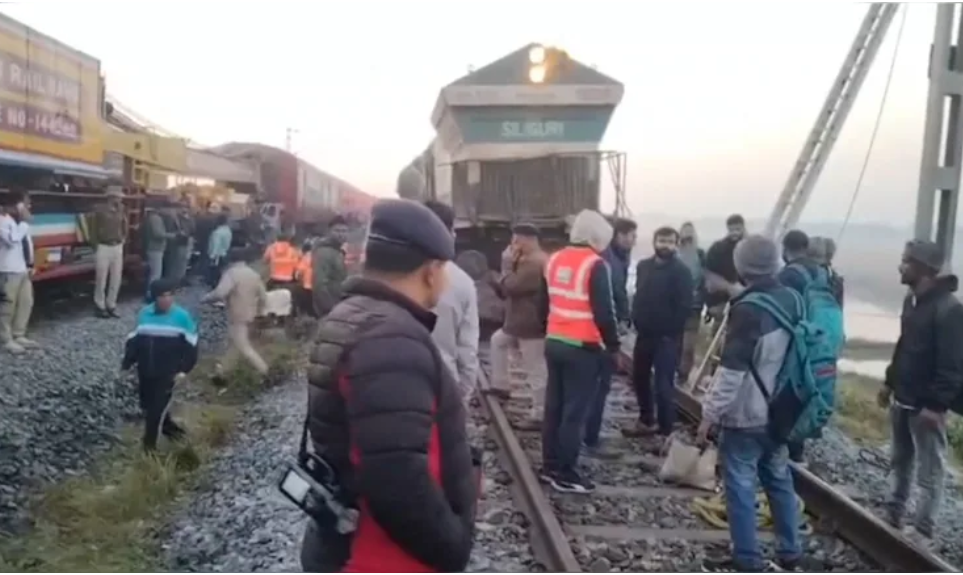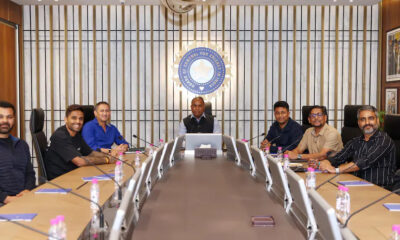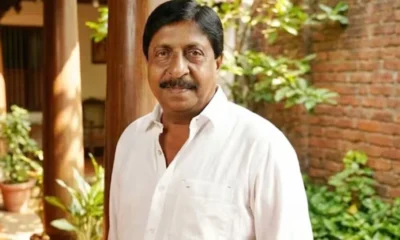India News
No deaths due to lack of oxygen reported by states and UTs, says Centre in Rajya Sabha
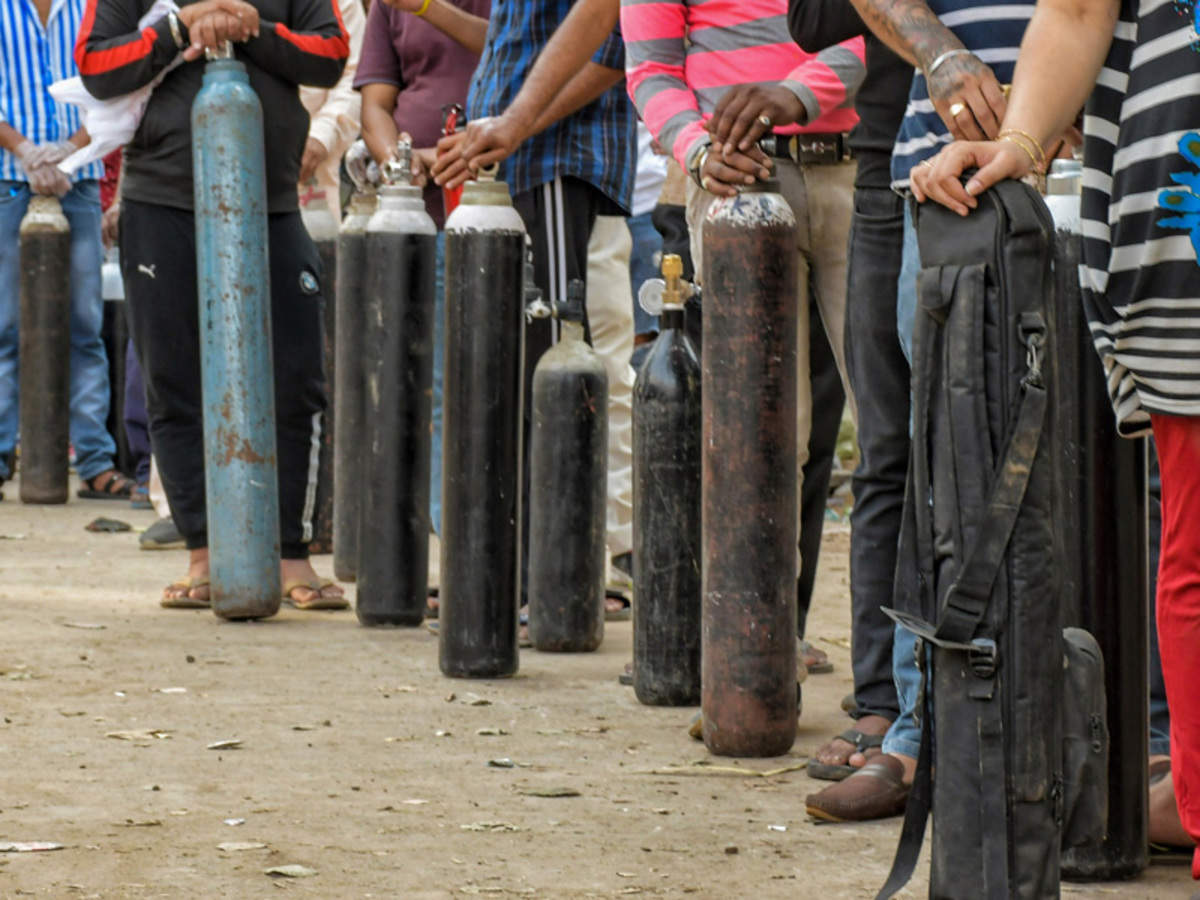
India News
Thick smog engulfs Delhi, flights and trains delayed as air quality slips to very poor
Delhi remained under a thick smog cover as air quality dipped into the very poor category, causing delays in flights and train services due to low visibility.
India News
PM Modi inaugurates India’s first nature-themed airport terminal in Assam
Prime Minister Narendra Modi inaugurates the new nature-themed terminal at Guwahati airport, the largest in Northeast India, built around bamboo, orchids and regional heritage.
India News
Assam train accident: Eight elephants killed after Rajdhani Express derailment in Hojai
Eight elephants were killed after the Rajdhani Express collided with a herd in Assam’s Hojai district, causing multiple coaches to derail and disrupting train services.
-
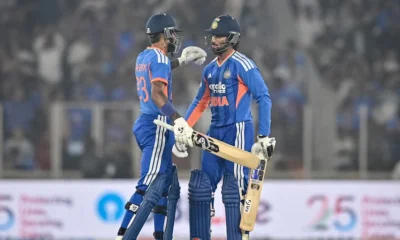
 Cricket news23 hours ago
Cricket news23 hours agoIndia vs South Africa 5th T20I: Tilak Varma, Hardik Pandya power India past 230 in Ahmedabad
-
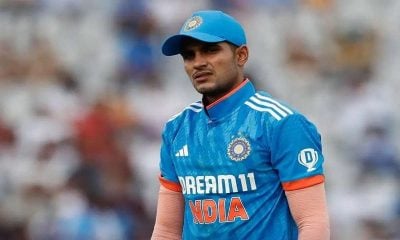
 Cricket news9 hours ago
Cricket news9 hours agoT20 World Cup 2026: Selectors weigh Shubman Gill role as India squad announcement awaited
-
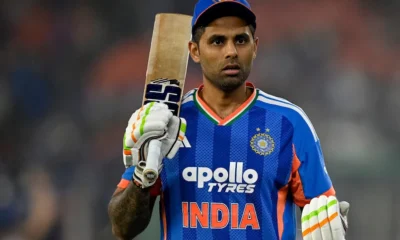
 Cricket news24 hours ago
Cricket news24 hours agoIndia vs South Africa 5th T20I: Samson shines with 37 as India push on after Gill injury
-
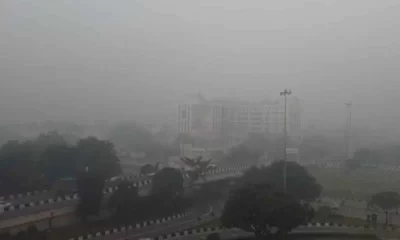
 India News9 hours ago
India News9 hours agoThick smog engulfs Delhi, flights and trains delayed as air quality slips to very poor
-

 Entertainment24 hours ago
Entertainment24 hours agoOTT and theatrical releases this week: new films and series to watch from December 19 to 26
-
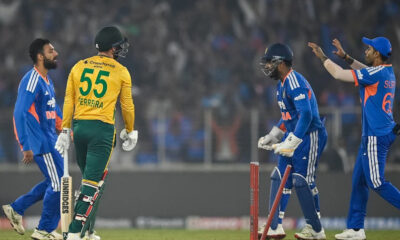
 Cricket news10 hours ago
Cricket news10 hours agoIndia vs South Africa 5th T20I: Hardik Pandya, Tilak Varma power India to 30-run win, series sealed 3-1
-
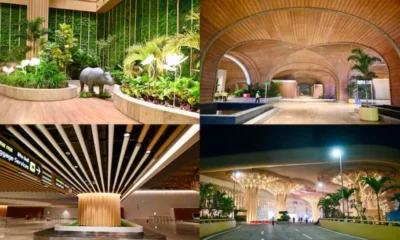
 India News10 hours ago
India News10 hours agoPM Modi inaugurates India’s first nature-themed airport terminal in Assam
-
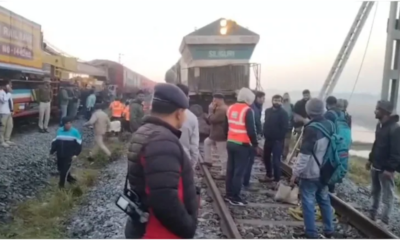
 India News10 hours ago
India News10 hours agoAssam train accident: Eight elephants killed after Rajdhani Express derailment in Hojai

